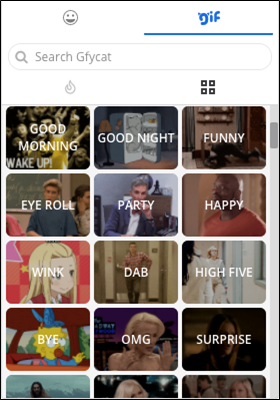Gfycat integration brings fun GIFs and visual messaging directly to Mattermost
Gfycat is excited to announce our new integration with Mattermost that brings GIFs to workplace communication. Gfycat makes the Mattermost communication experience fun, visual and on-trend.











